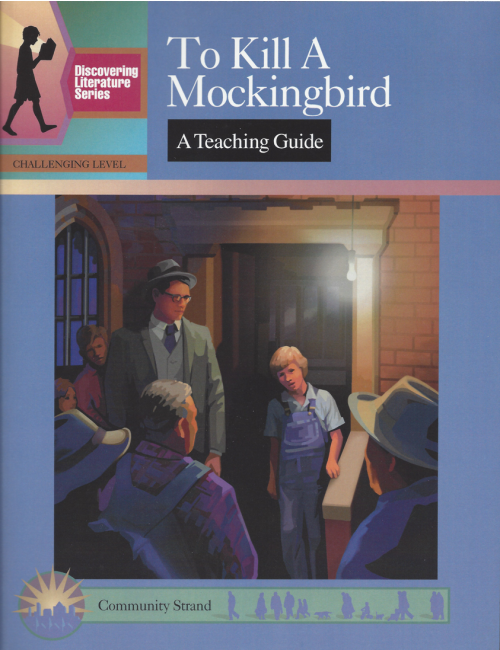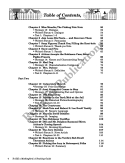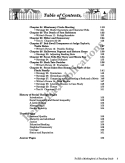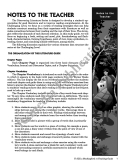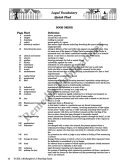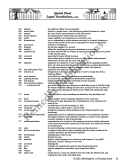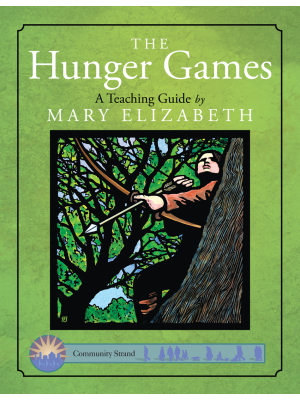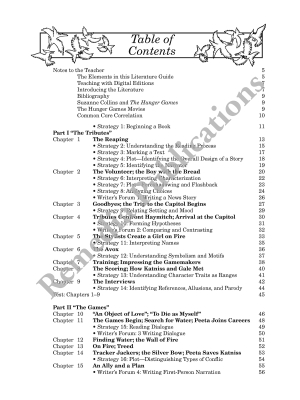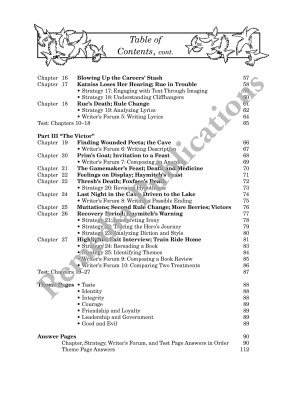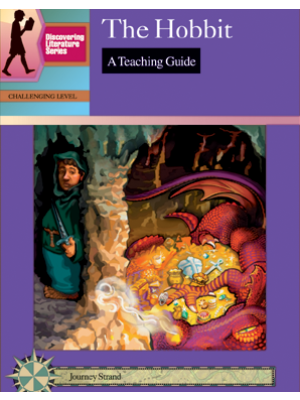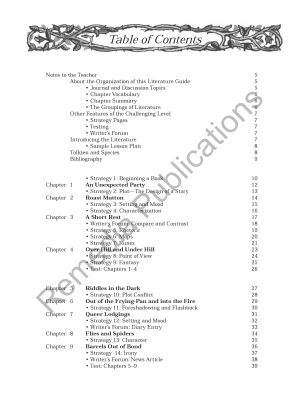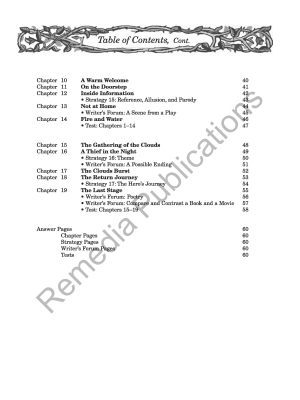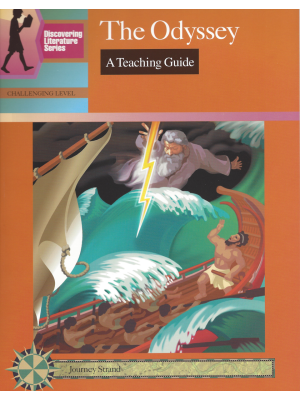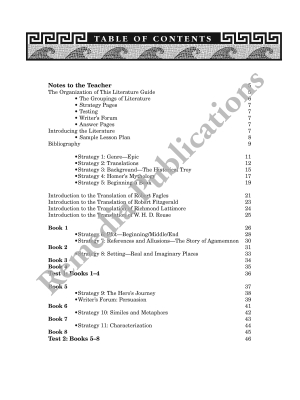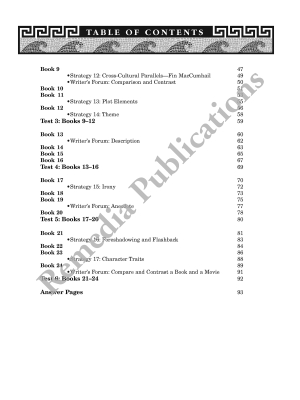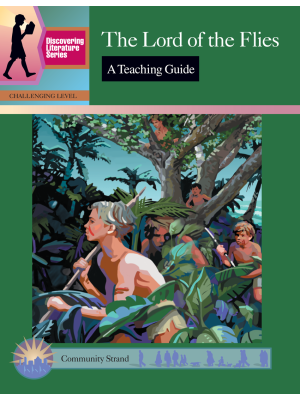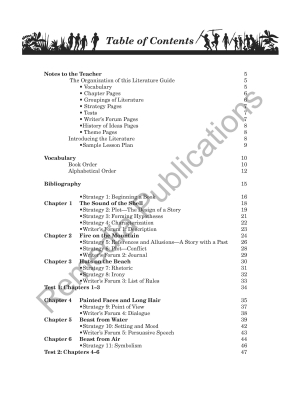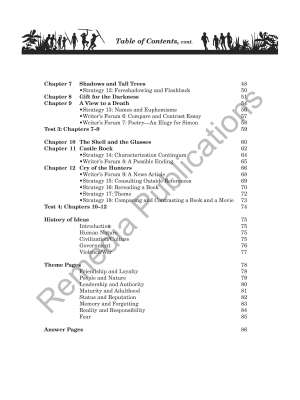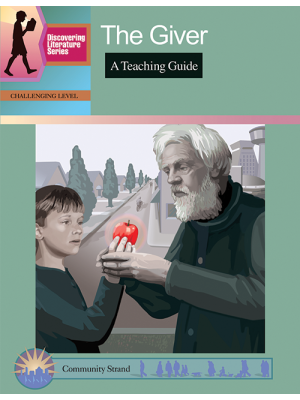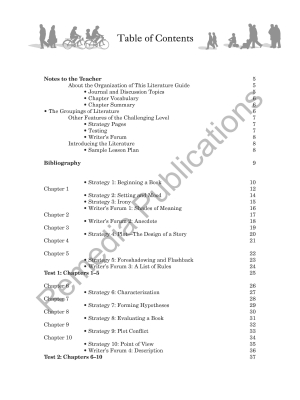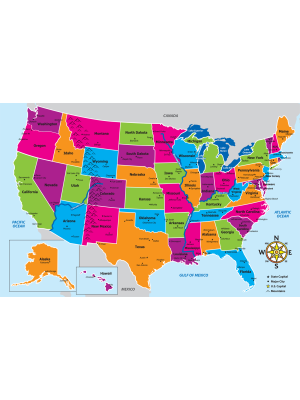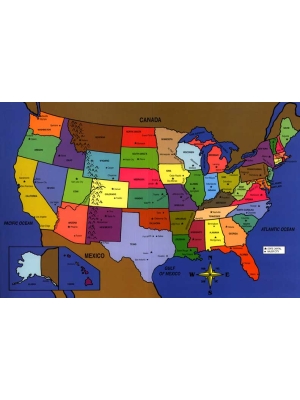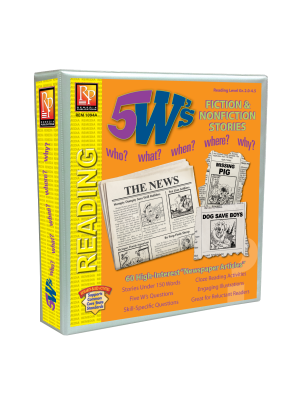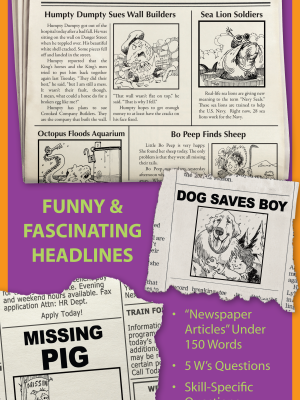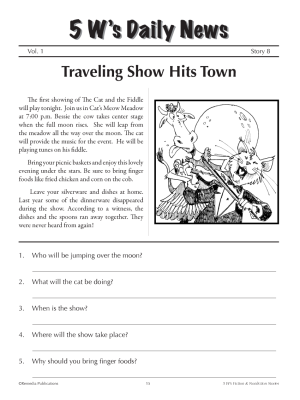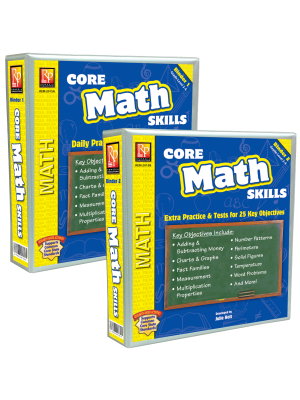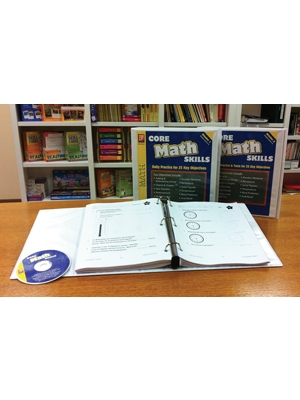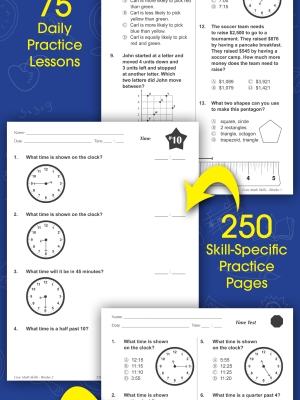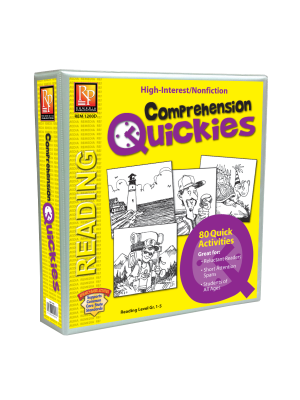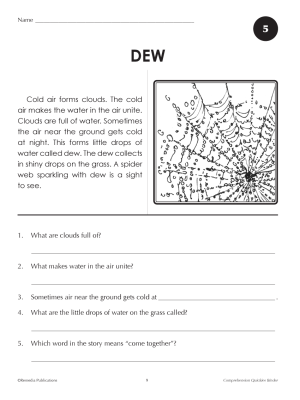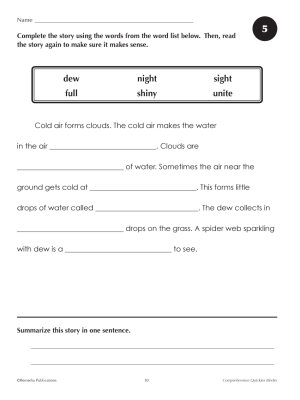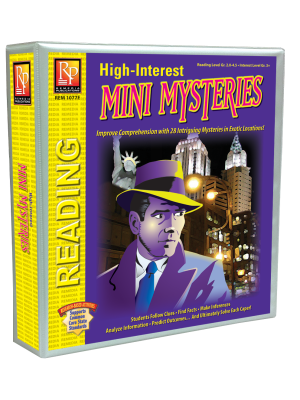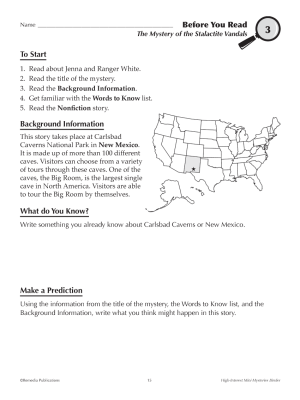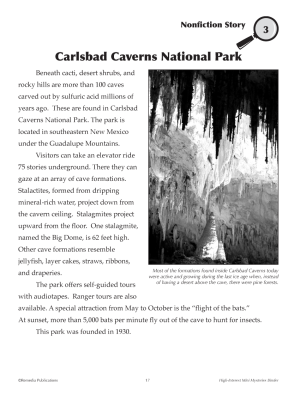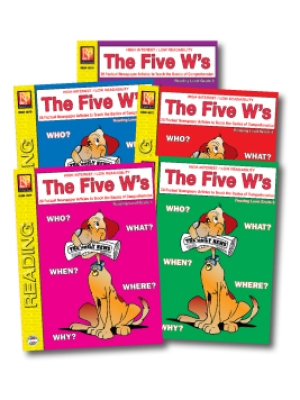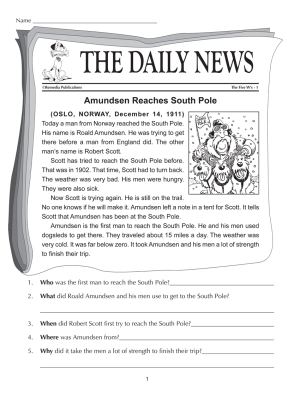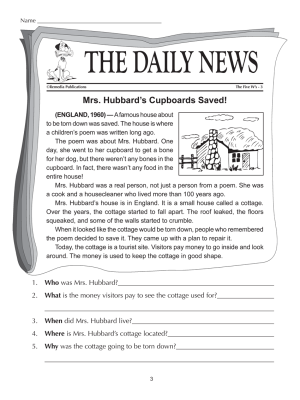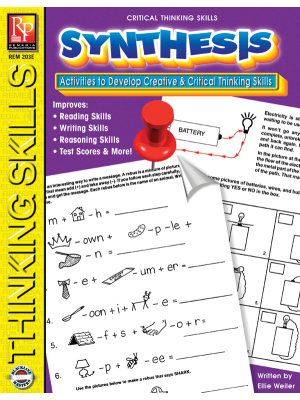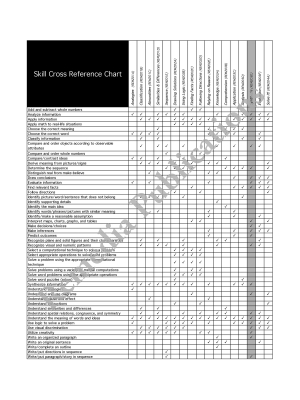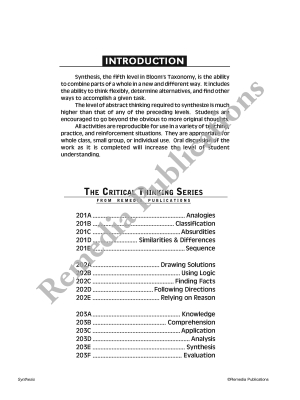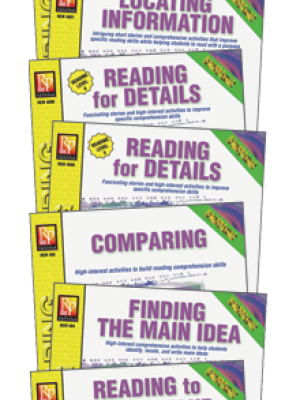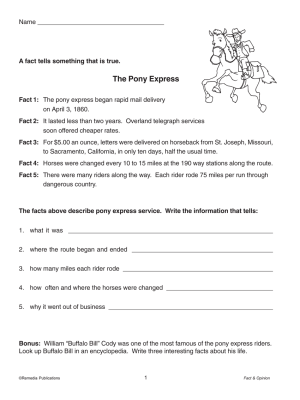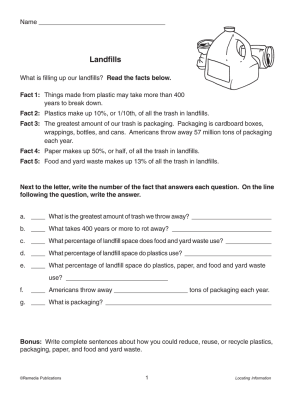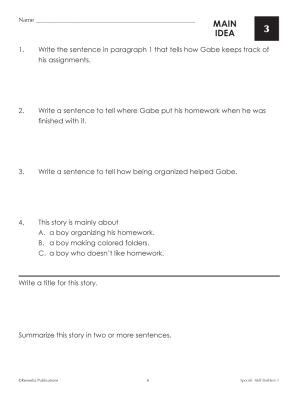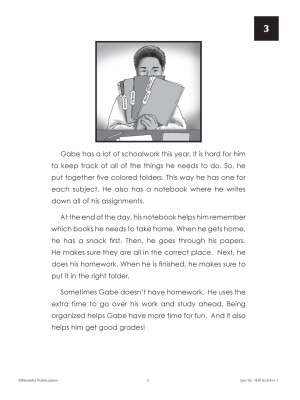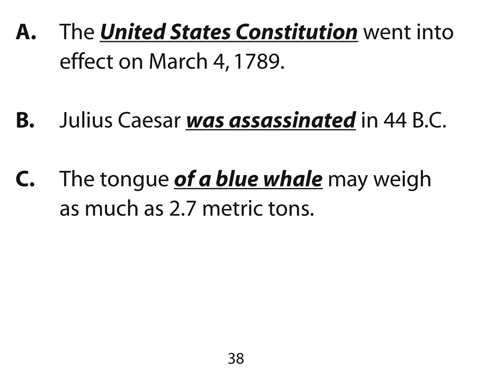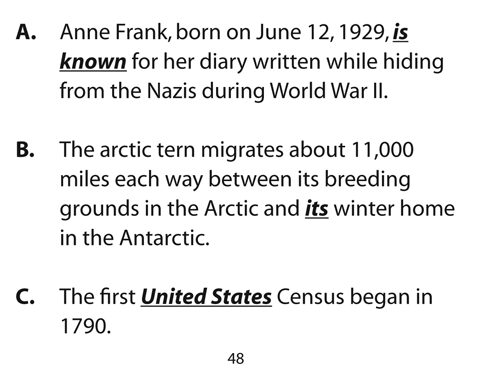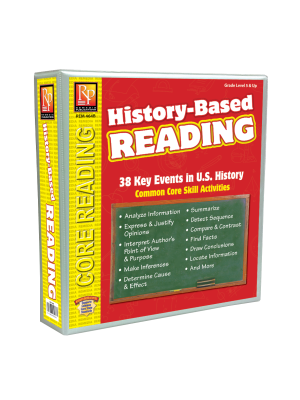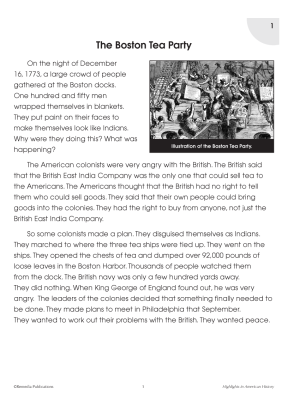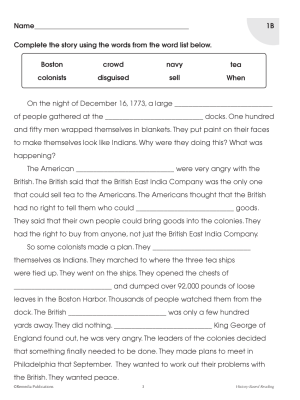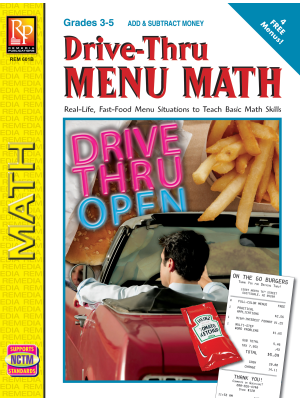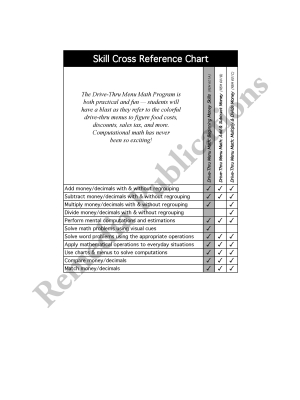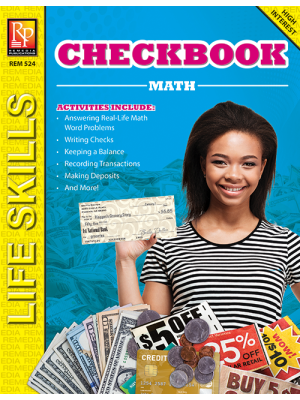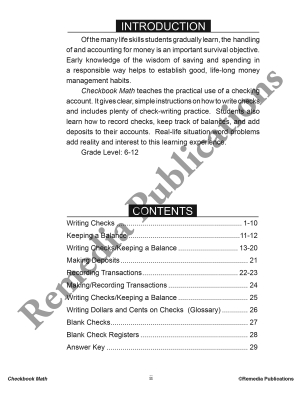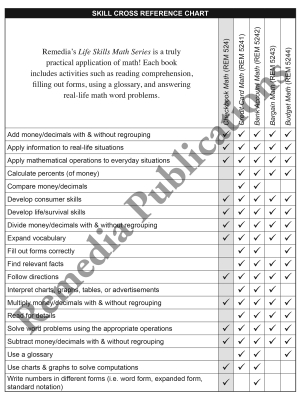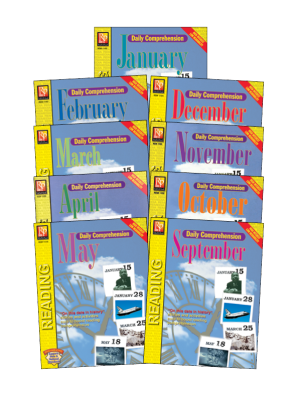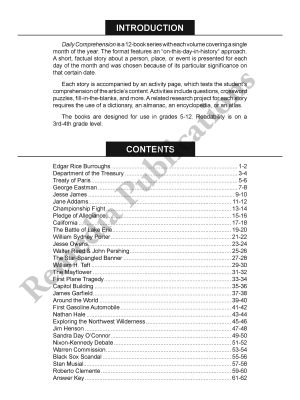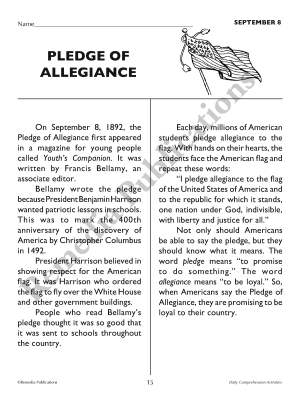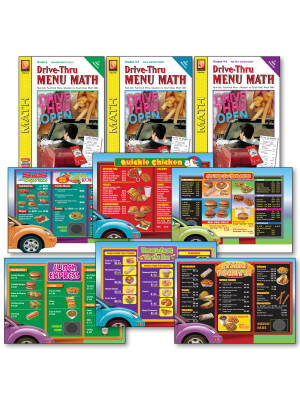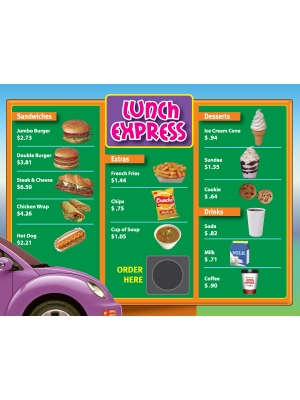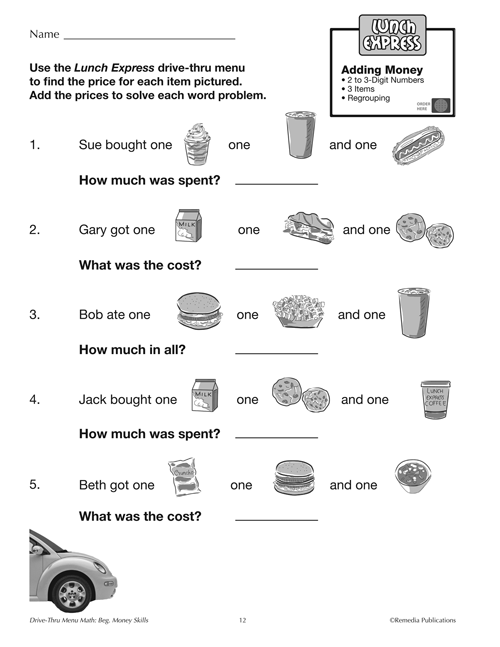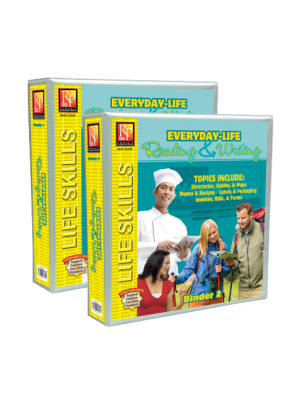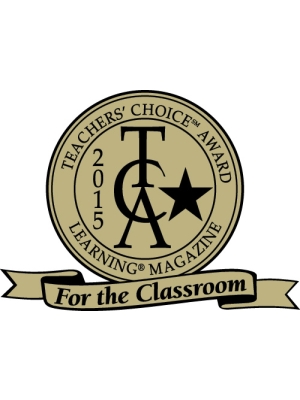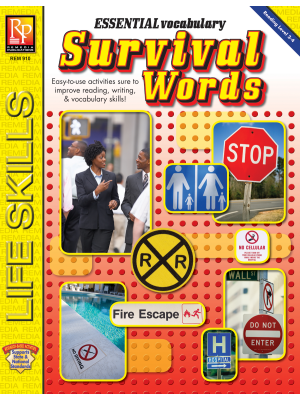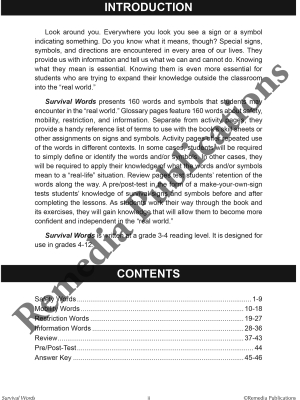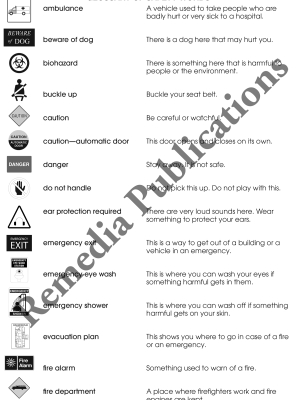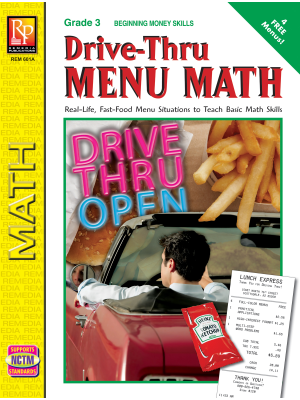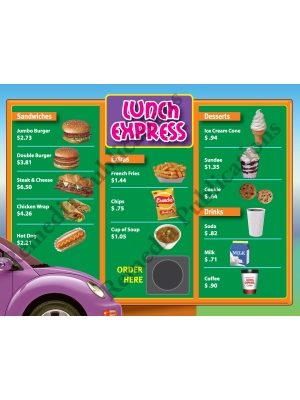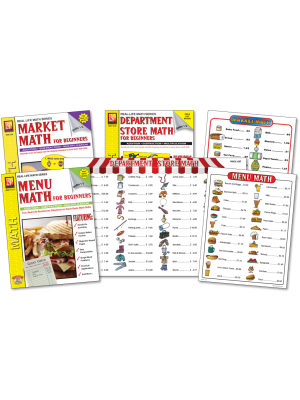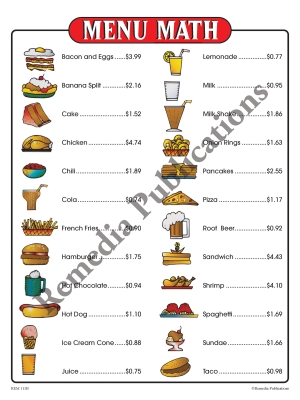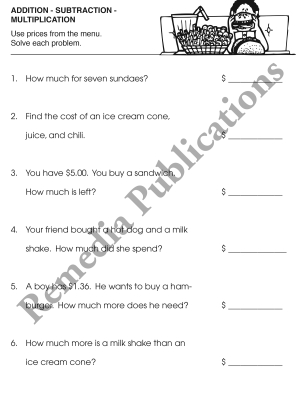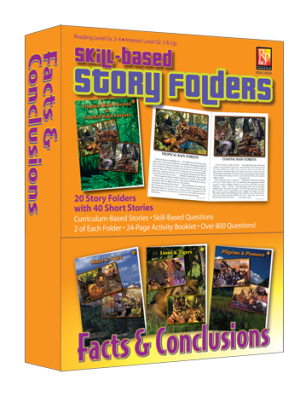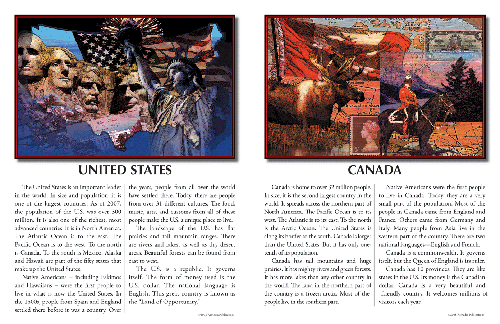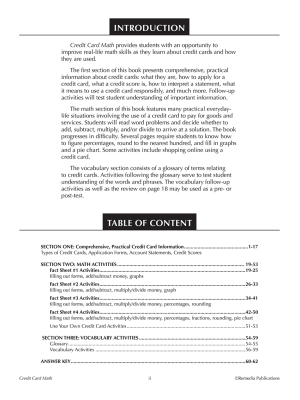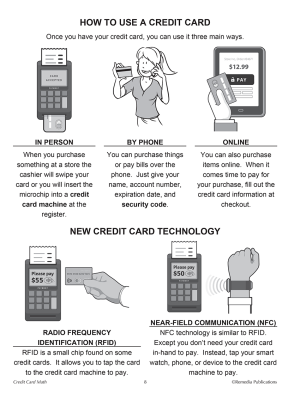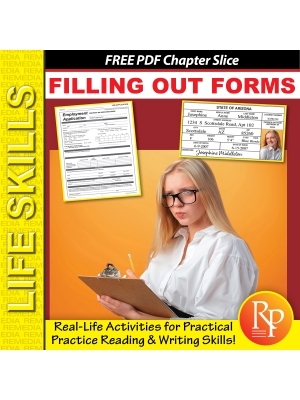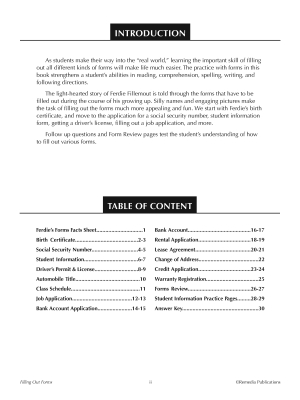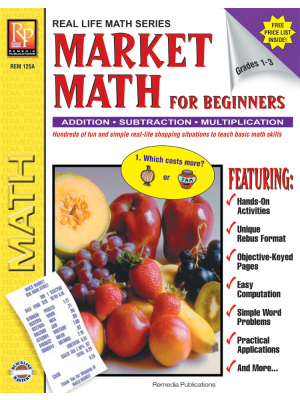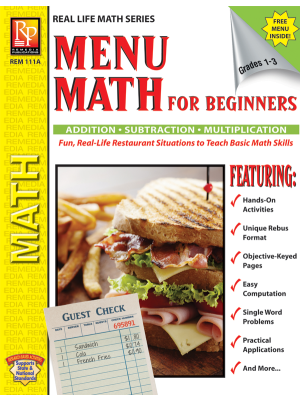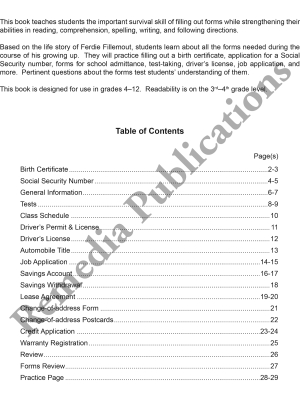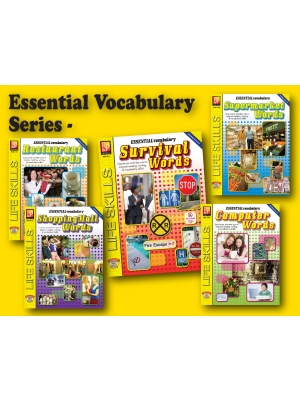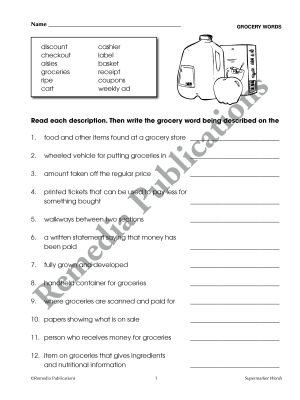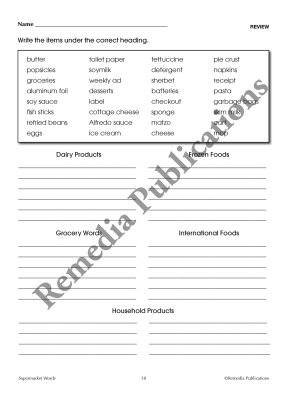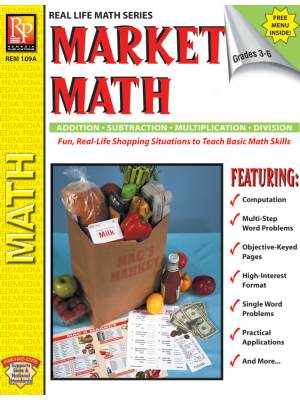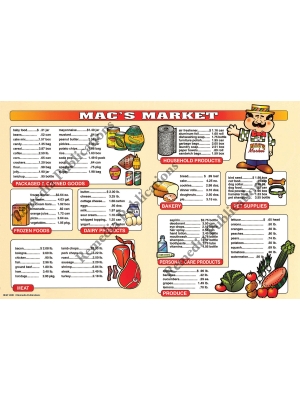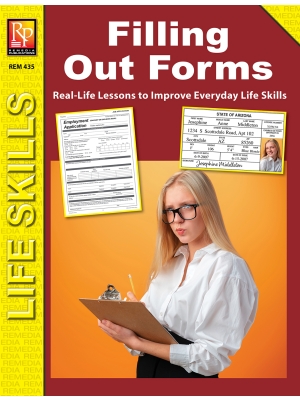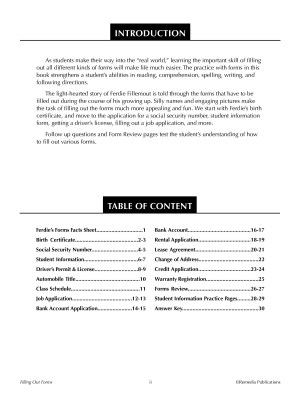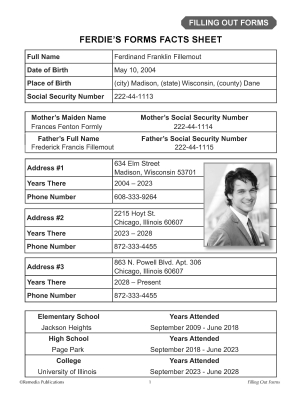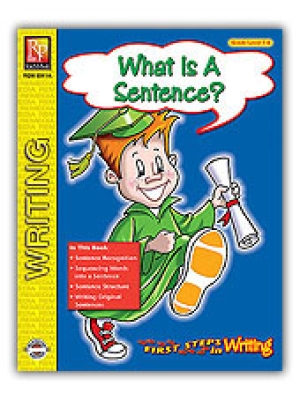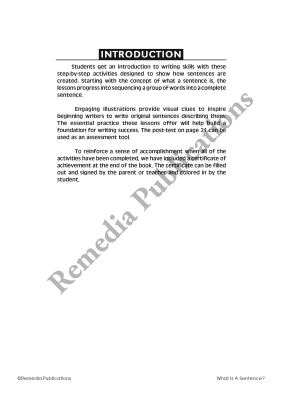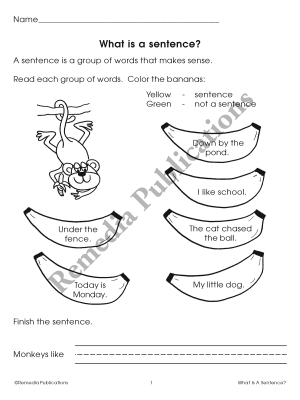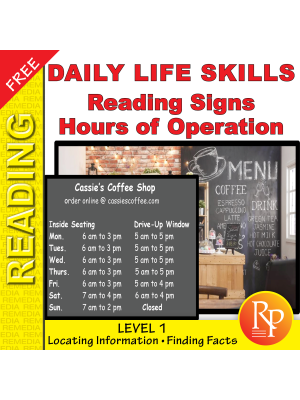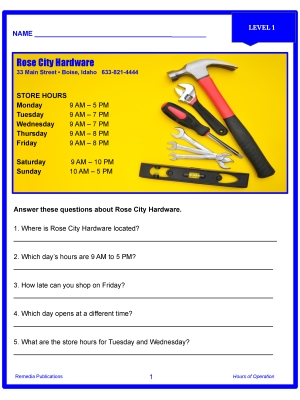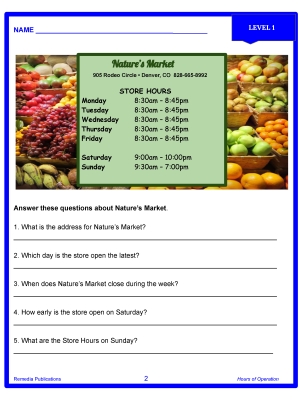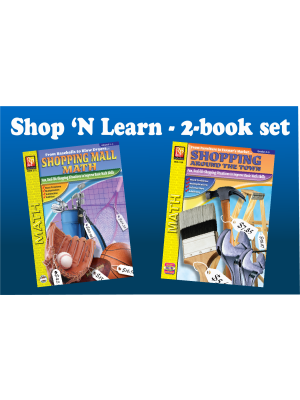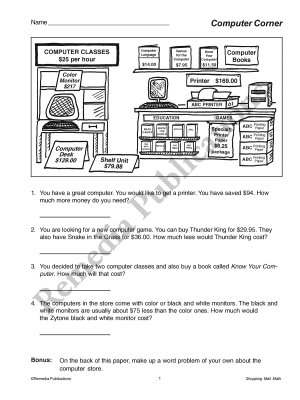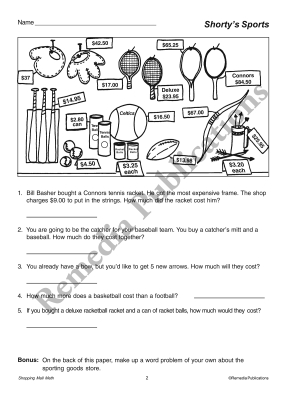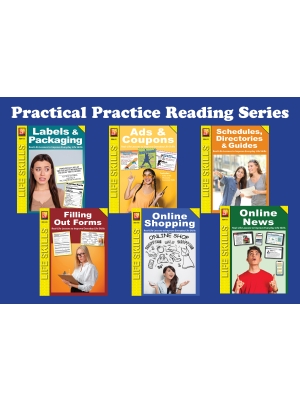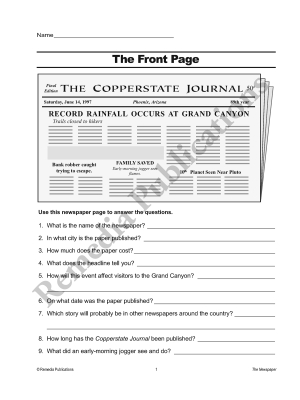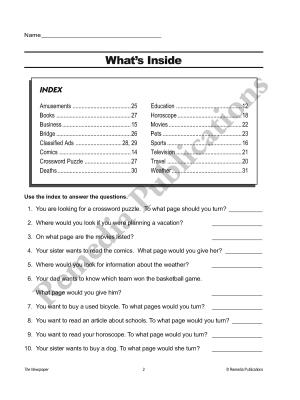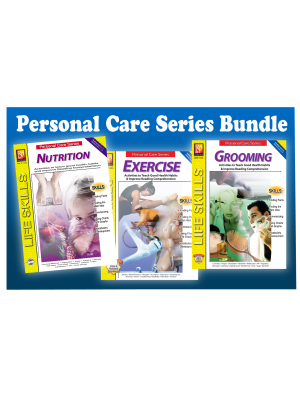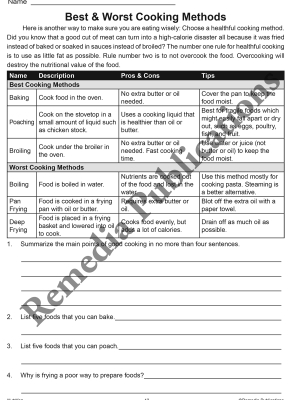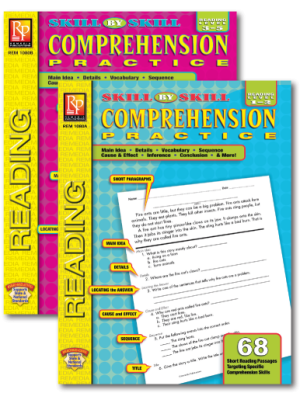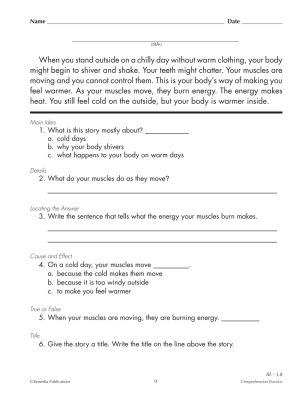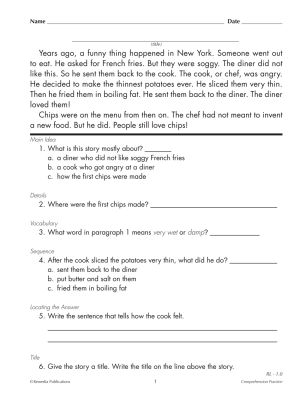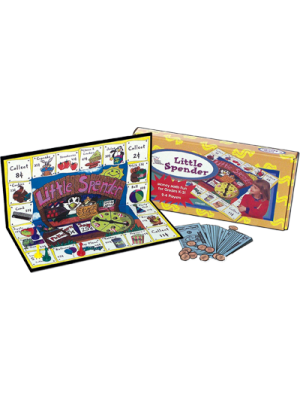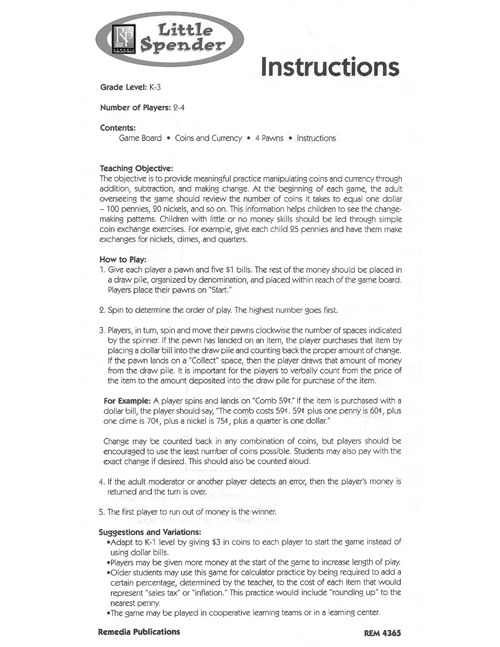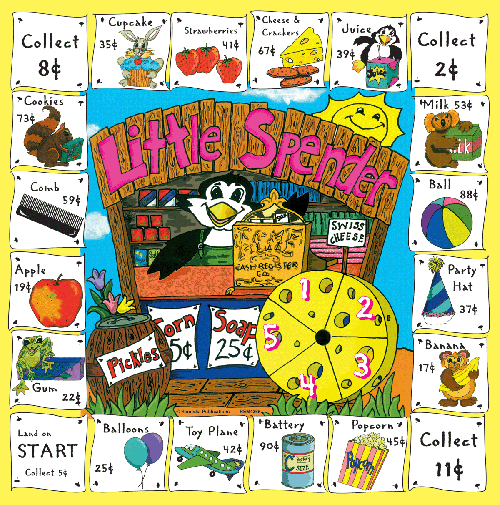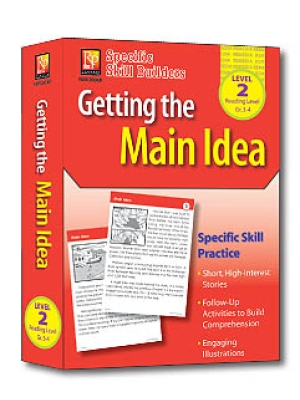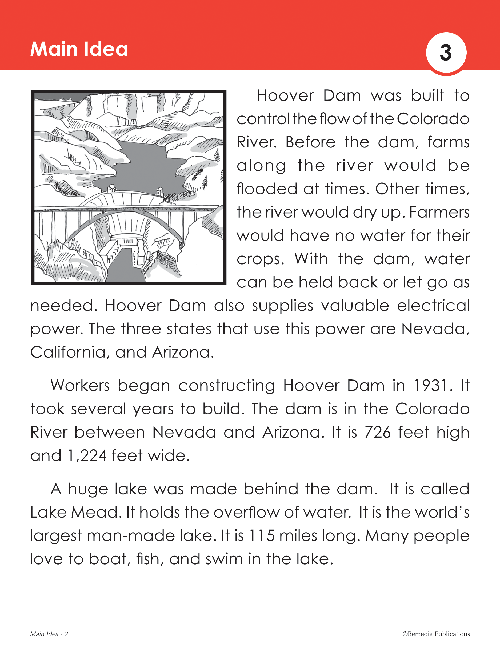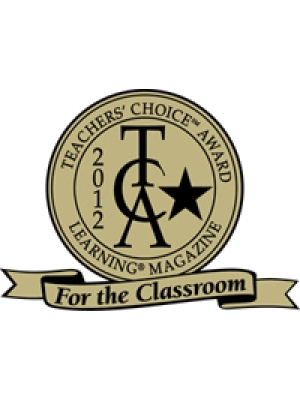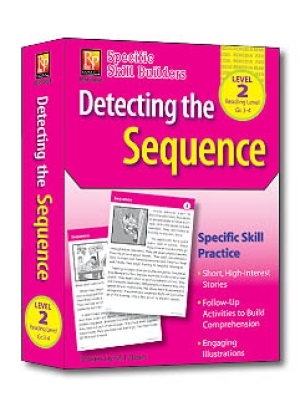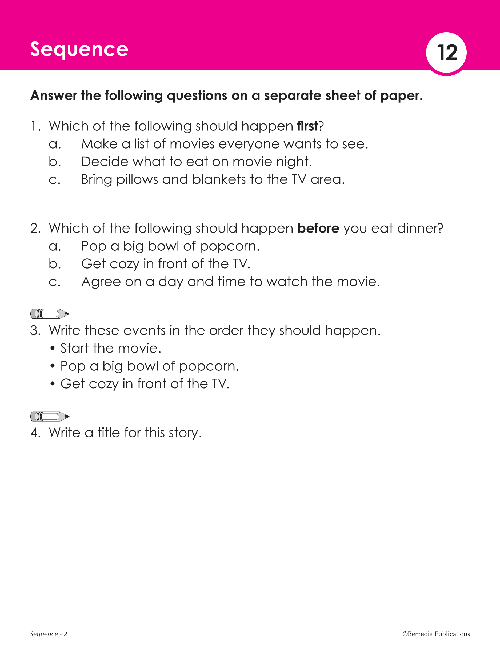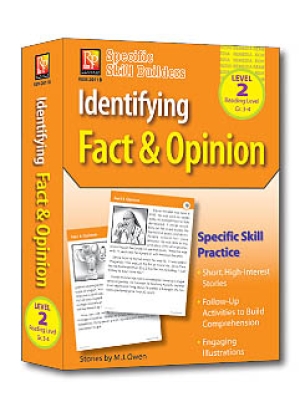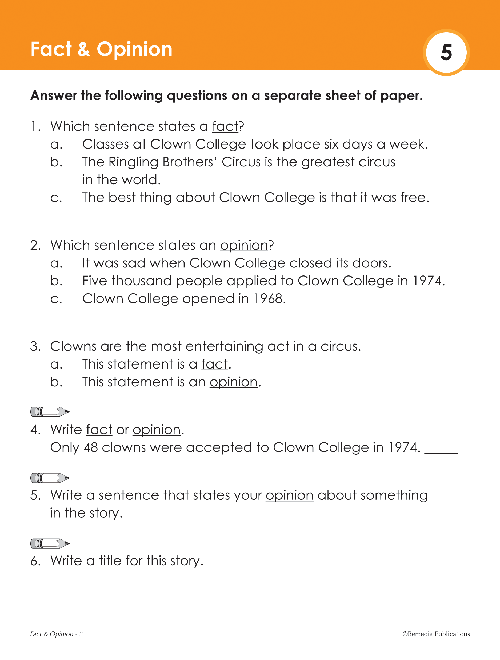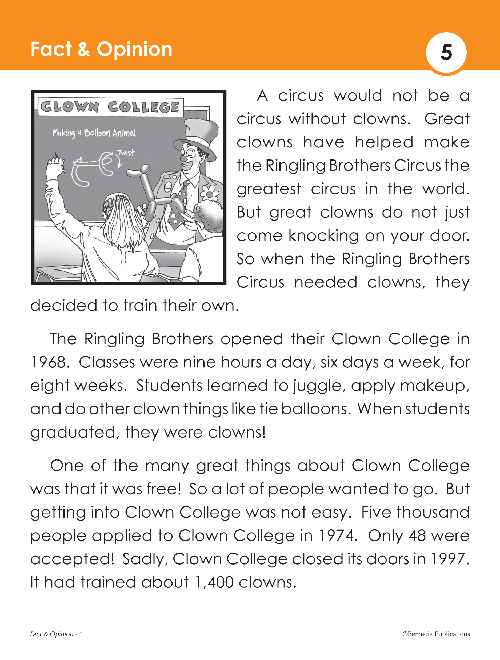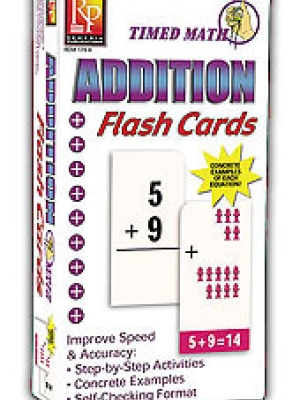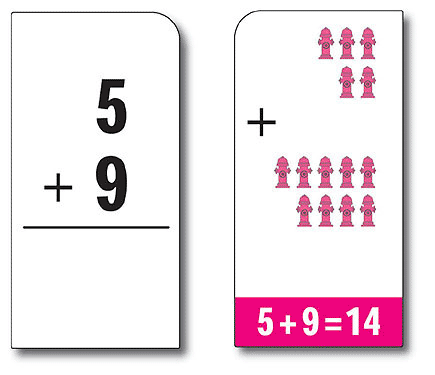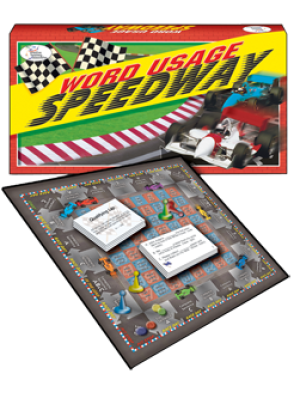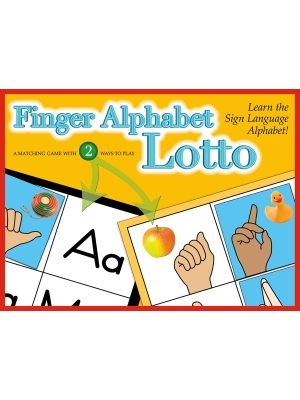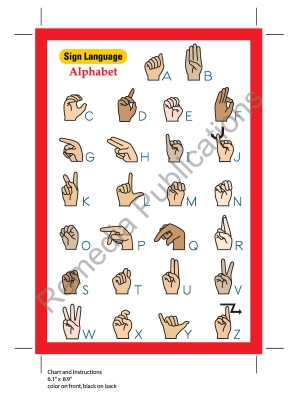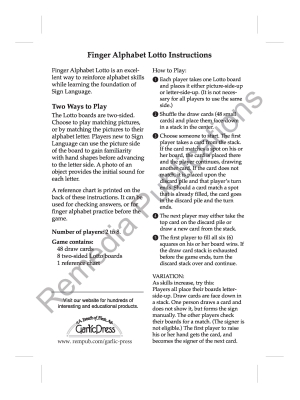Grade Level: 6-12
Interest Level: N/A
Reading Level: N/A
The Discovering Literature Series is designed to develop a student’s appreciation for good literature and to improve reading comprehension. At the Challenging Level, we focus on a variety of reading strategies that help students construct meaning from their experience with literature as well as make connections between their reading and the rest of their lives. The strategies reflect the demands of each literature selection.
In these study guides, we will focus on beginning a book, setting and mood, irony, plot structure, foreshadowing and flashback, characterization, forming hypotheses, evaluating a book, plot conflict, point of view, inferencing, rereading, theme, narration, and the genre of dystopias.
Each chapter analysis is organized into three basic elements: Journal and Discussion Topics, Chapter Vocabulary, and Chapter Summary.
Other features include Strategy Pages to increase students’ understanding of strategies to enhance their comprehension of literature; Testing at the end of each chapter grouping, and Writer’s Forum for students’ to write in a variety of genres relating to the text.
This 201-page teaching guide includes an answer key.
Table of Contents
About the Organization of This Literature Guide
• Chapter Pages
• Strategy Pages
• Tests
• Writer’s Forum Pages
• History of Social Thought Pages
• Theme Pages
The Groupings of Literature
Introducing the Literature
Sample Lesson Plan
Quick Find Legal Vocabulary
• Book Order
• Alphabetical Order
Quick Find Chapter Index
Bibliography
Note: The chapters in this book are untitled: the phrases after each title are placed as guides
Part One:
• Strategy 1: Beginning a BookChapter 1: Dill Arrives
• Strategy 2: Marking a Text
• Strategy 3: References and Allusions—Consulting Outside SourcesChapter 2: Scout’s First Day of School
• Strategy 4: Plot—The Design of a Story
• Strategy 5: Forming Hypotheses
• Strategy 6: Rhetorical Figures
• Strategy 7: CharacterizationChapter 3: Walter Cunningham and Burris Ewell
• Writer’s Forum 1: Description
• Strategy 8: Plot—Conflict
• Writer’s Forum 2: Journal
• Strategy 9: IronyChapter 4: Gum in the Oak Tree
• Strategy 10: Point of View
• Writer’s Forum 3: Compare and Contrast Essay
• Strategy 11: Setting and MoodChapter 5: Miss Maudie; The Fishing Pole Note
• Strategy 12: Foreshadowing and Flashback
• Strategy 13: DialogueChapter 6: Jem Loses His Pants…and Recovers them
• Writer’s Forum 4: Dialogue
• Test 1: Chapters 1-5
• Writer’s Forum 5: PersuasionChapter 7: Soap Figures; Thank you; Filing the Knot-Hole
• Writer’s Forum 6: Thank-you NoteChapter 8: Snow and Fire
• Writer’s Forum 7: ParodyChapter 9: Atticus Accepts the Robinson Case; Scout Fights Francis
• Strategy 14: Names and Characterizating TermsChapter 10: Mad Dog
• Strategy 15: Characterization ContinuumChapter 11: Mrs. Dubose
• Writer’s Forum 8: Definition
• Test 2: Chapters 6-11
Part Two
Chapter 12: Calpurnia’s Church
• Strategy 16: Prior Knowledge
Chapter 13: Aunt Alexandra Comes to Stay
• Strategy 17: Distinguishing Fact and Opinion
Chapter 14: Dill Runs Away
Chapter 15: Friends in the Yard; Mob at the Jail
• Strategy 18: Historical Fiction/Autobiography
• Test 3: Chapters 12-15
Chapter 16: The Courtroom
Chapter 17: Heck Tate and Robert E. Lee Ewell Testify
• Strategy 19: Sensory Language
Chapter 18: Mayella Ewell Testifies
• Strategy 20: Imaging
Chapter 19: Tom Robinson Testifies
Chapter 20: Dill and Mr. Dolphus Raymond Meet; Atticus’s Closing Speech
• Strategy 21: Revising Hypotheses
Chapter 21: The Jury Decides
• Writer’s Forum 9: News Article
• Test 4: Chapters 16-21
Chapter 22: Reactions to the Verdict; Bob Ewell Threatens Atticus
Chapter 23: Picking the Jury in Retrospect; Folks
• Writer’s Forum 10: Summary
Chapter 24: Missionary Circle Meeting
• Strategy 22: Stock Characters and Character Foils
Chapter 25: The Death of Tom Robinson
• Writer’s Forum 11: Eulogy/Anecdote
Chapter 26: Hitler and Democracy
• Test 5: Chapters 22-26
Chapter 27: Bob Ewell Trespasses at Judge Taylor’s, Trails Helen
• Writer’s Forum 12: Possible Ending
Chapter 28: Halloween Pageant and Return Home
• Strategy 23: Adjusting Reading Rate
Chapter 29: Scout Tells Her Story and Meets Boo
• Strategy 24: Logical Fallacies
Chapter 30: Heck Tate Decides
• Writer’s Forum 13: Evaluation
Chapter 31: Scout Takes Boo Home; Last View of the Finch Family
• Strategy 25: Symbolism
• Strategy 26: Rereading a Book
• Strategy 27: Comparing and Contrasting a Book and a Movie
• Writer’s Forum 14: Book Review
• Strategy 28: Literary Allusion: A Case Study
• Strategy 29: Theme
• Test 6: Chapters 27-31
History of Social Thought Pages
• Introduction
• Social Inequality and Racial Inequality
• A Little History
• Miscegenation
• Gender Equality
Theme Pages
• Personal Quality
• Maturity and Adulthood
• Justice
• Education/Reading
• Neighbor/Community
• Courage
• Status and Reputation
Answer Pages
To Kill a Mockingbird: Discovering Literature Teaching Guide
- Product Code: REM GP074
- Viewed: 41652
- Availability: In Stock
$19.99
Grade Level: 6-12
Interest Level: N/A
Reading Level: N/A
The Discovering Literature Series is designed to develop a student’s appreciation for good literature and to improve reading comprehension. At the Challenging Level, we focus on a variety of reading strategies that help students construct meaning from their experience with literature as well as make connections between their reading and the rest of their lives. The strategies reflect the demands of each literature selection.
In these study guides, we will focus on beginning a book, setting and mood, irony, plot structure, foreshadowing and flashback, characterization, forming hypotheses, evaluating a book, plot conflict, point of view, inferencing, rereading, theme, narration, and the genre of dystopias.
Each chapter analysis is organized into three basic elements: Journal and Discussion Topics, Chapter Vocabulary, and Chapter Summary.
Other features include Strategy Pages to increase students’ understanding of strategies to enhance their comprehension of literature; Testing at the end of each chapter grouping, and Writer’s Forum for students’ to write in a variety of genres relating to the text.
This 201-page teaching guide includes an answer key.
Table of Contents
About the Organization of This Literature Guide
• Chapter Pages
• Strategy Pages
• Tests
• Writer’s Forum Pages
• History of Social Thought Pages
• Theme Pages
The Groupings of Literature
Introducing the Literature
Sample Lesson Plan
Quick Find Legal Vocabulary
• Book Order
• Alphabetical Order
Quick Find Chapter Index
Bibliography
Note: The chapters in this book are untitled: the phrases after each title are placed as guides
Part One:
• Strategy 1: Beginning a BookChapter 1: Dill Arrives
• Strategy 2: Marking a Text
• Strategy 3: References and Allusions—Consulting Outside SourcesChapter 2: Scout’s First Day of School
• Strategy 4: Plot—The Design of a Story
• Strategy 5: Forming Hypotheses
• Strategy 6: Rhetorical Figures
• Strategy 7: CharacterizationChapter 3: Walter Cunningham and Burris Ewell
• Writer’s Forum 1: Description
• Strategy 8: Plot—Conflict
• Writer’s Forum 2: Journal
• Strategy 9: IronyChapter 4: Gum in the Oak Tree
• Strategy 10: Point of View
• Writer’s Forum 3: Compare and Contrast Essay
• Strategy 11: Setting and MoodChapter 5: Miss Maudie; The Fishing Pole Note
• Strategy 12: Foreshadowing and Flashback
• Strategy 13: DialogueChapter 6: Jem Loses His Pants…and Recovers them
• Writer’s Forum 4: Dialogue
• Test 1: Chapters 1-5
• Writer’s Forum 5: PersuasionChapter 7: Soap Figures; Thank you; Filing the Knot-Hole
• Writer’s Forum 6: Thank-you NoteChapter 8: Snow and Fire
• Writer’s Forum 7: ParodyChapter 9: Atticus Accepts the Robinson Case; Scout Fights Francis
• Strategy 14: Names and Characterizating TermsChapter 10: Mad Dog
• Strategy 15: Characterization ContinuumChapter 11: Mrs. Dubose
• Writer’s Forum 8: Definition
• Test 2: Chapters 6-11
Part Two
Chapter 12: Calpurnia’s Church
• Strategy 16: Prior Knowledge
Chapter 13: Aunt Alexandra Comes to Stay
• Strategy 17: Distinguishing Fact and Opinion
Chapter 14: Dill Runs Away
Chapter 15: Friends in the Yard; Mob at the Jail
• Strategy 18: Historical Fiction/Autobiography
• Test 3: Chapters 12-15
Chapter 16: The Courtroom
Chapter 17: Heck Tate and Robert E. Lee Ewell Testify
• Strategy 19: Sensory Language
Chapter 18: Mayella Ewell Testifies
• Strategy 20: Imaging
Chapter 19: Tom Robinson Testifies
Chapter 20: Dill and Mr. Dolphus Raymond Meet; Atticus’s Closing Speech
• Strategy 21: Revising Hypotheses
Chapter 21: The Jury Decides
• Writer’s Forum 9: News Article
• Test 4: Chapters 16-21
Chapter 22: Reactions to the Verdict; Bob Ewell Threatens Atticus
Chapter 23: Picking the Jury in Retrospect; Folks
• Writer’s Forum 10: Summary
Chapter 24: Missionary Circle Meeting
• Strategy 22: Stock Characters and Character Foils
Chapter 25: The Death of Tom Robinson
• Writer’s Forum 11: Eulogy/Anecdote
Chapter 26: Hitler and Democracy
• Test 5: Chapters 22-26
Chapter 27: Bob Ewell Trespasses at Judge Taylor’s, Trails Helen
• Writer’s Forum 12: Possible Ending
Chapter 28: Halloween Pageant and Return Home
• Strategy 23: Adjusting Reading Rate
Chapter 29: Scout Tells Her Story and Meets Boo
• Strategy 24: Logical Fallacies
Chapter 30: Heck Tate Decides
• Writer’s Forum 13: Evaluation
Chapter 31: Scout Takes Boo Home; Last View of the Finch Family
• Strategy 25: Symbolism
• Strategy 26: Rereading a Book
• Strategy 27: Comparing and Contrasting a Book and a Movie
• Writer’s Forum 14: Book Review
• Strategy 28: Literary Allusion: A Case Study
• Strategy 29: Theme
• Test 6: Chapters 27-31
History of Social Thought Pages
• Introduction
• Social Inequality and Racial Inequality
• A Little History
• Miscegenation
• Gender Equality
Theme Pages
• Personal Quality
• Maturity and Adulthood
• Justice
• Education/Reading
• Neighbor/Community
• Courage
• Status and Reputation
Answer Pages

